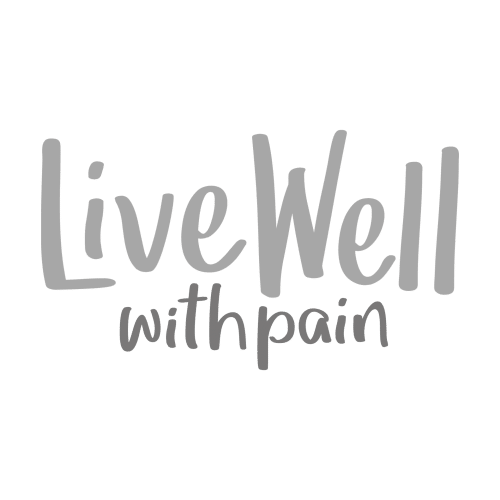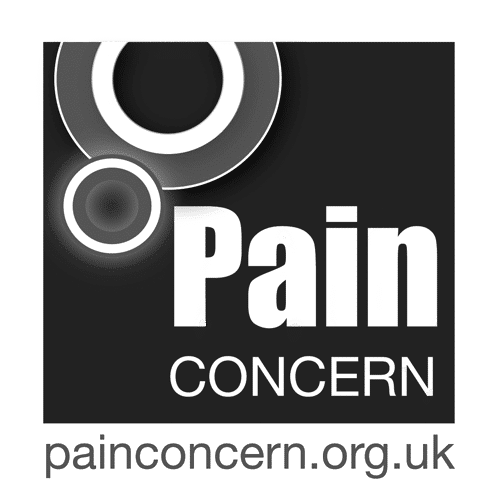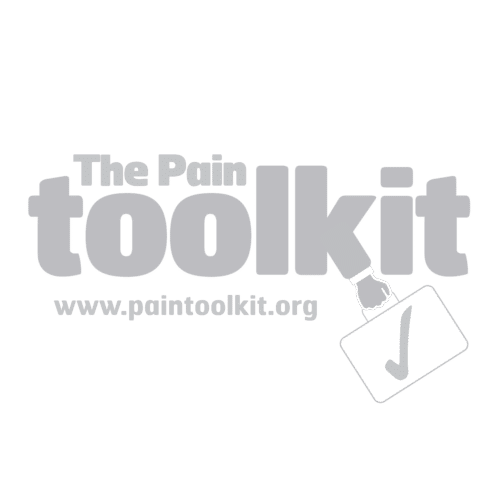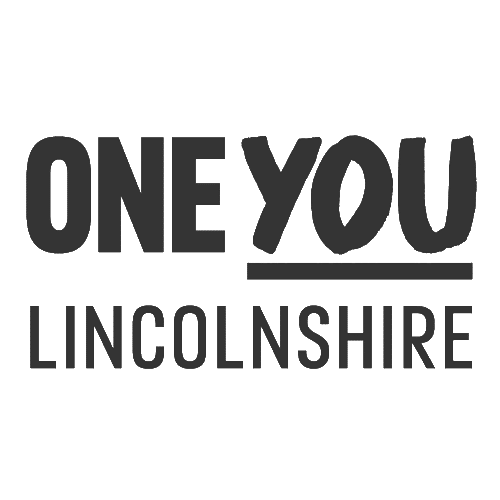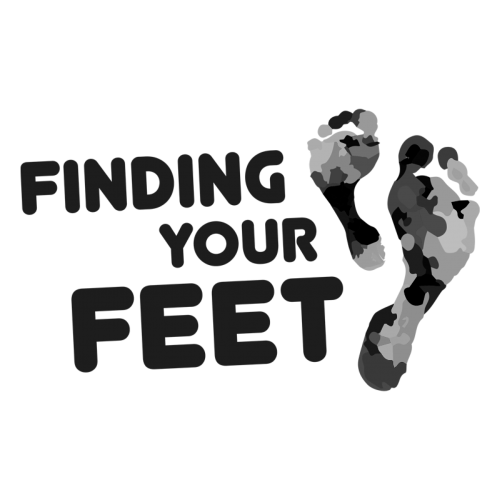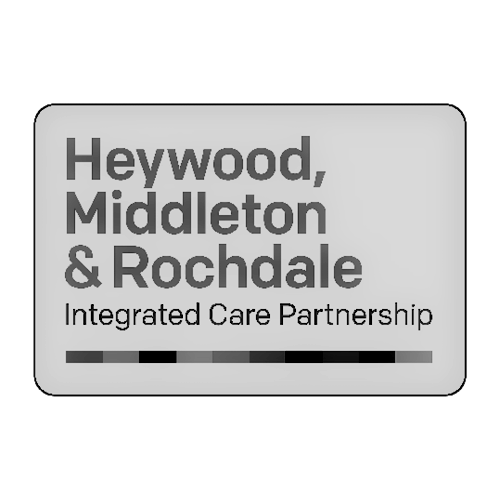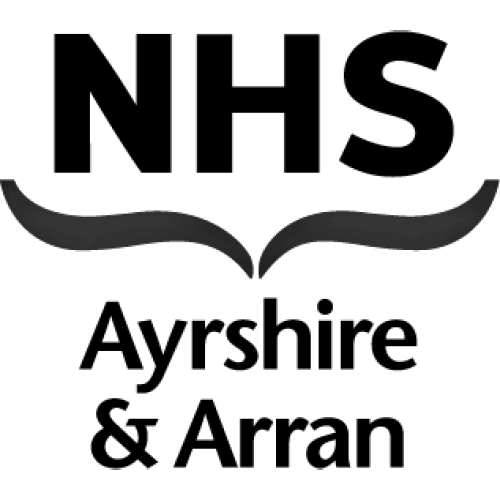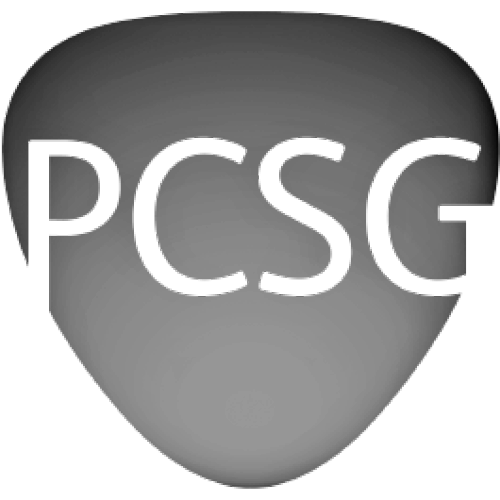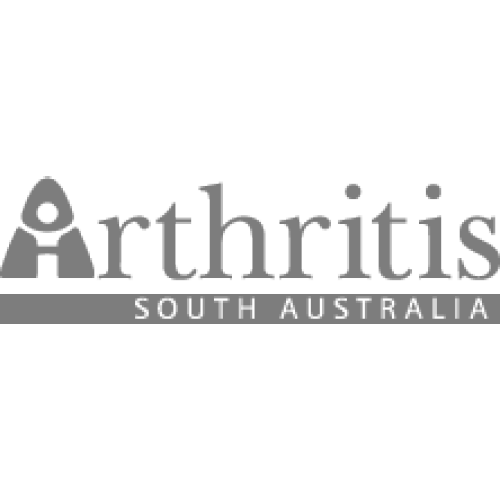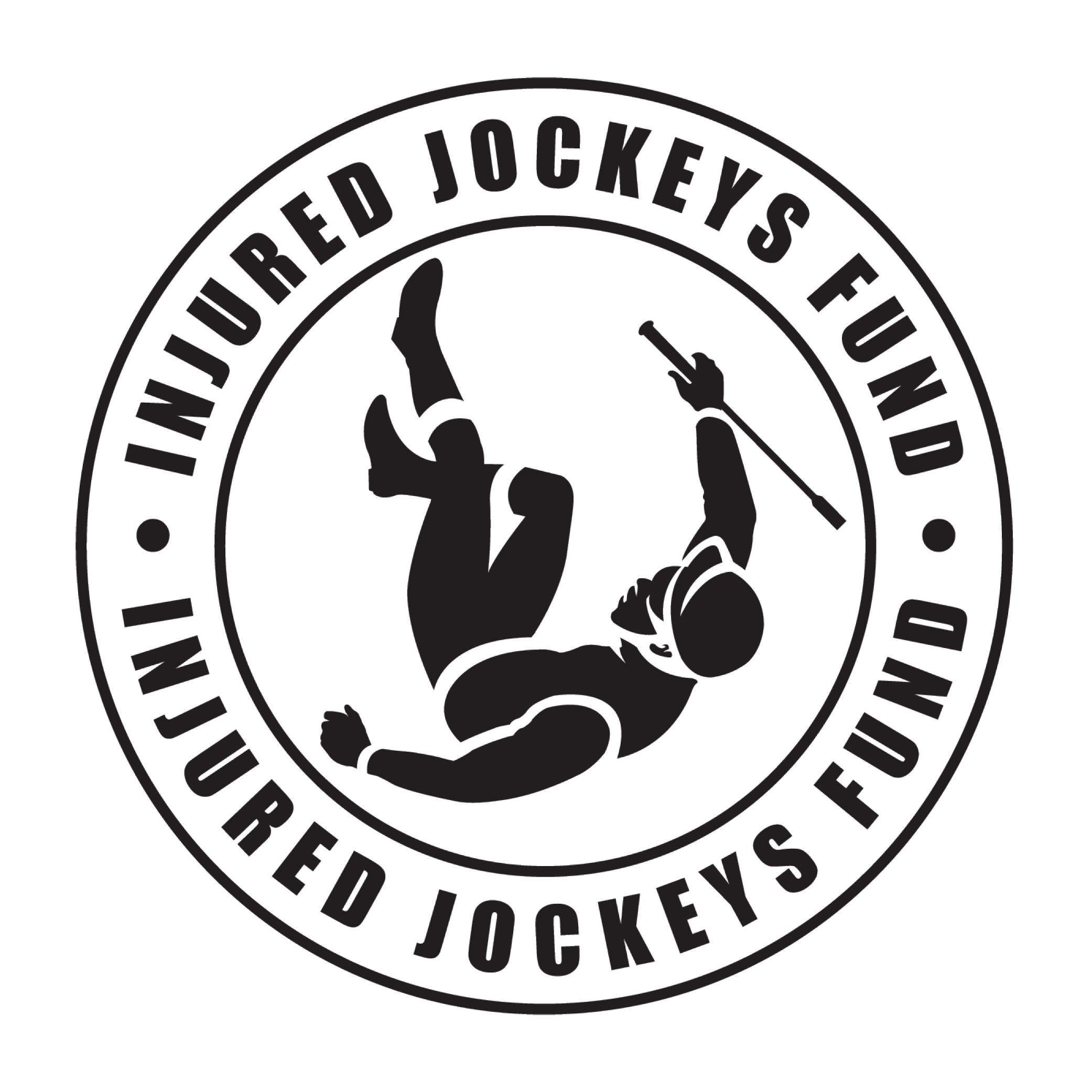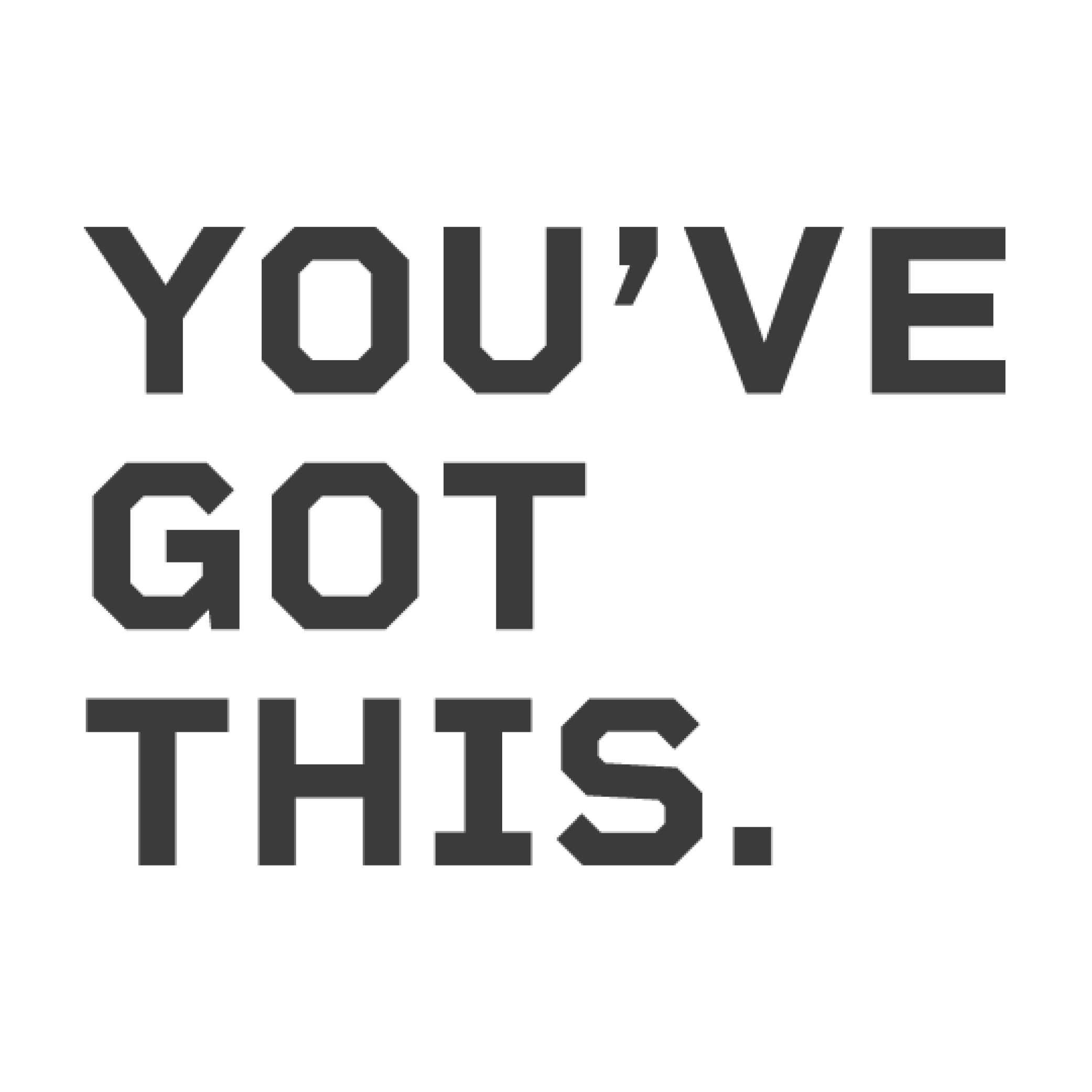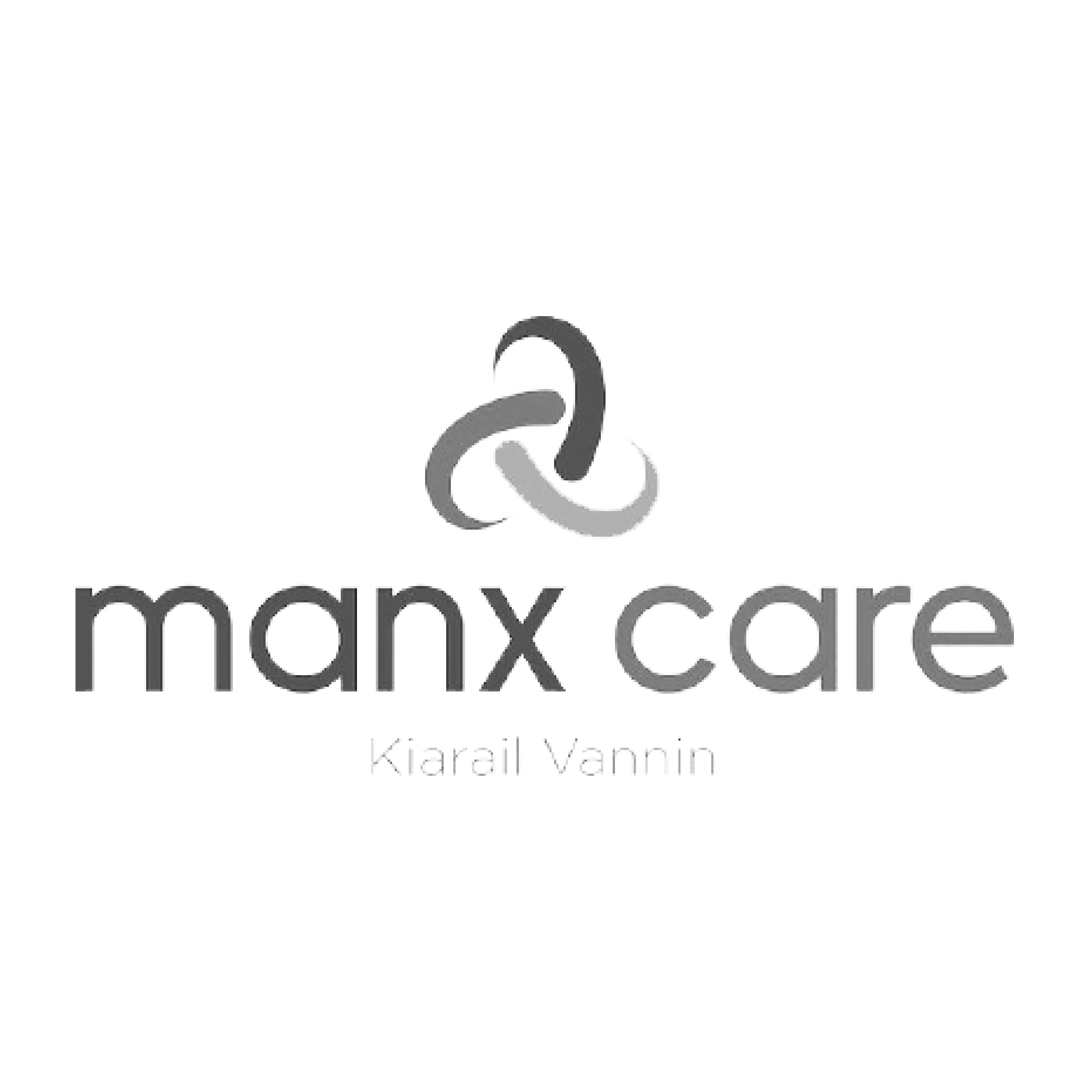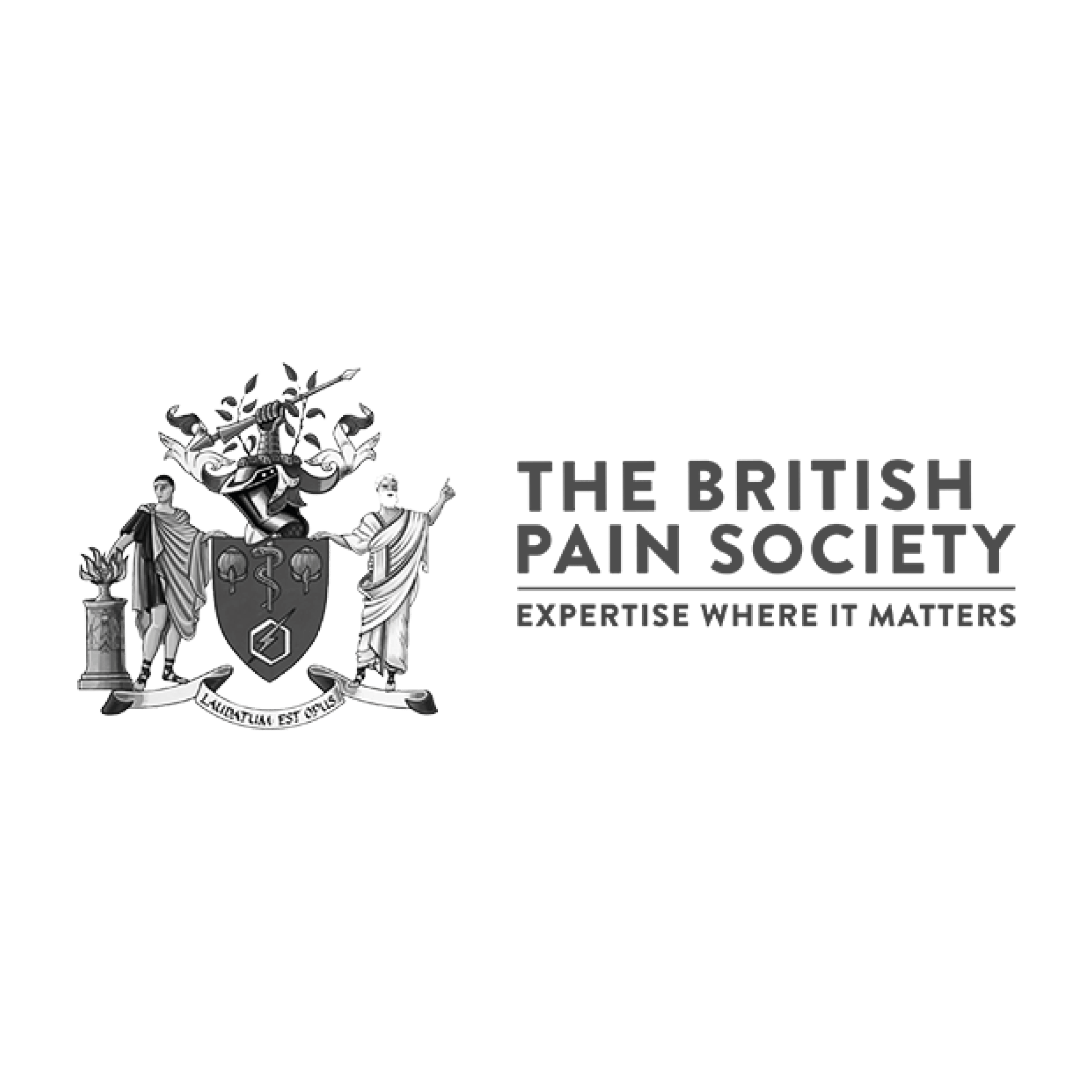I began to have pain in my tailbone about four years ago.
 “I didn’t fall on it or anything like that, and I can’t remember the first time I felt it: but I gradually started to notice that sitting properly was painful and so was standing back up again. For several months, I just assumed it would resolve itself, and when it didn’t, I went to see a sports physiotherapist. This was the first in a long line of health care professionals that I went to see, because I thought that if one of them could find the source of the pain, then I could find out what I needed to do to start fixing it. Unfortunately, everyone (including me!) was looking for a structural problem: something out of place, or an imbalance of some sort. I now know we were all on the wrong track.
“I didn’t fall on it or anything like that, and I can’t remember the first time I felt it: but I gradually started to notice that sitting properly was painful and so was standing back up again. For several months, I just assumed it would resolve itself, and when it didn’t, I went to see a sports physiotherapist. This was the first in a long line of health care professionals that I went to see, because I thought that if one of them could find the source of the pain, then I could find out what I needed to do to start fixing it. Unfortunately, everyone (including me!) was looking for a structural problem: something out of place, or an imbalance of some sort. I now know we were all on the wrong track.
“Meanwhile, everyday life got trickier because I found it so uncomfortable to sit down. For example, I sat on the floor to type on my computer, so that I could alter my position every couple of minutes. It was a futile attempt to get comfortable so that I could try to concentrate. I tried all sorts of cushions and chairs, but nothing helped. I was signed off work.
“Luckily for me, about a year after the pain began, I saw a physiotherapist who explained to me how persistent pain works in a way I could understand. I was sceptical at first, but I began to learn that pain is created in the brain, and that the subconscious brain can create pain if it thinks you are in danger, in order to try and protect you. Pain can occur when there is no physical damage.
“I believed this explanation applied to me when my physio agreed to carry out an examination, and she reassured me that there was nothing structurally wrong in my tailbone area. Without this I think it would have been very difficult for me to fully accept that this explanation of pain applied to me.
“So, I stopped my desperate search for a structural cause, and started to find out as much as I could about the science of pain, from books, podcasts, websites (thank you Flippin’ Pain!) and an app for persistent pain. The more I learnt about pain science, the more fascinating I found it! I learnt new techniques and tools and different ways of thinking about the pain. One of the tools I have found most useful is somatic tracking (Alan Gordon) which is a technique for reducing the fear associated with persistent pain. Once I learnt how to do it, I started using it throughout my day, whenever I found that the pain was preventing me from doing something, such as sitting on the sofa, lying flat on my back, rolling over, or running. I was delighted when I started to notice gradual improvements over time.
“I also started to learn that our emotions can be linked to persistent pain, so I began to address the things in my life that were worrying or upsetting me. This was hard work but I’m really glad I’m taking care of myself in this way – if not now, then when?
“I was offered a place on a Pain Management Course which was run by the local NHS Pain Clinic. For me, I think it came along at the right time, after I already knew a fair bit about pain science, so the things they were talking about tied in with and reinforced what I had learnt, and filled in some of the gaps. For example, I didn’t realise how so many different factors can affect pain, such as quality of sleep, nutrition, whether you do activities you enjoy, and the positive effect of gentle movement on your nervous system.
“In the last year or so, things have slowly but steadily improved, to the point where I went out for a run the other day. I listened to the birds and enjoyed the sunshine, and it wasn’t until I was walking back home that I realised that I hadn’t had any pain during my run. I remembered how running used to be painful and awkward for me. I’m still working on my sitting position – I’ve compensated by leaning forward to take pressure off my tailbone for so long that it’s taking time to unlearn. I’m using somatic tracking to remind myself that it’s safe to sit back properly, and I’m confident I’ll get even more improvement.
“I’m finding the balance between trying certain things gradually (so that my subconscious brain feels safe) and just going for things (so that my brain doesn’t think I’m avoiding certain movement/sitting positions/sitting surfaces because they are unsafe, when in fact they are perfectly safe). For example, I wanted to go on slides at the play park with my son, but I had avoided this as I find it painful to sit with my legs straight out in front of me. But then I challenged the assumption that this would hurt. We chose a playground with a wide slide so that my son and I could slide together, and then we went on to slide down all four slides in the play park. I hardly noticed whether my tailbone hurt because I was too busy playing!
“I’ve come a long way from the point several years ago when I could hardly sit down at all. I’m so grateful for all the education, information and support I’ve received, which have given me the tools and confidence I needed to find a way forward that works for me.”



